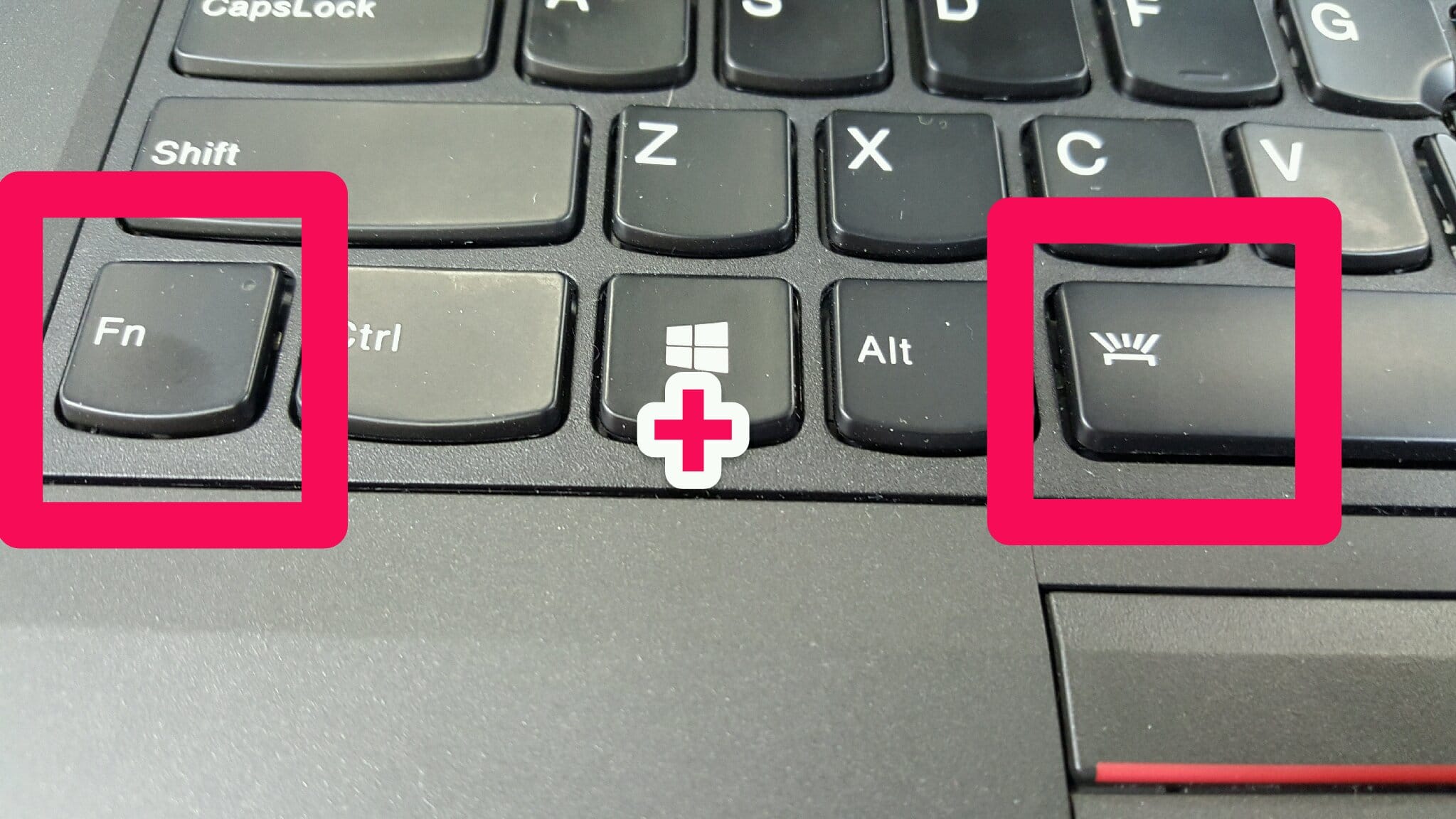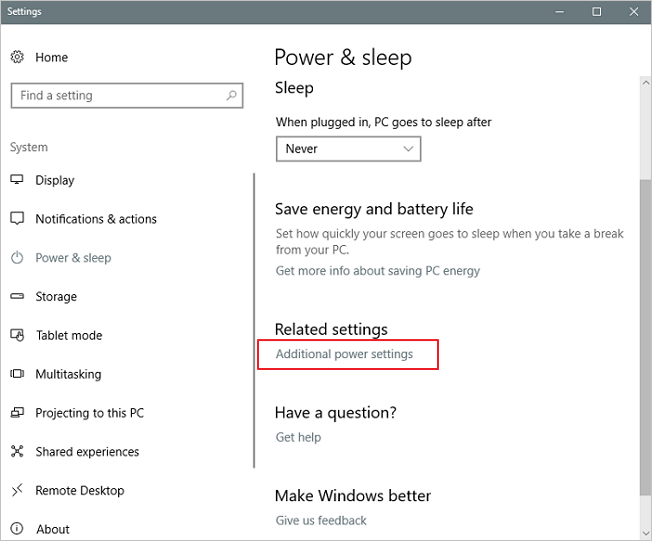

- Turn off quickboot on intel how to#
- Turn off quickboot on intel update#
- Turn off quickboot on intel manual#
- Turn off quickboot on intel Pc#
Turn off quickboot on intel Pc#
Turn off and disconnect any peripheral devices connected to your PC through a USB, HDMI, or other ports.Since CMOS battery issues may cause boot problems, you need to clear the CMOS by removing its battery. Remove The BIOS Battery To Reset The CMOS Remember that sometimes a slot on the motherboard is damaged, and you have to try different slots to get results.Ĥ. If the system boots now, add the other RAM sticks, one at a time, until you find the faulty stick that you’ll have to replace. If it doesn’t work yet, take out all the RAM sticks again and plug only one of them in. If you seat the stick correctly, the tabs on both sides should make a clicking sound. When installing each RAM module, you should line up the notch in the RAM with the notch in the slot. Take them all out of their slots and then reseat them one by one. Open up the case and locate the RAM sticks on the motherboard. Unplug the computer’s power cable and turn off the PC. You need to make sure all the RAM sticks are healthy and seated correctly. The CPU usually has an eight-pin connector in a 4+4 shape.Ĭheck the other ends of the cables that go in the PSU and ensure their proper connection.Ī RAM error can cause your computer to fail when booting to BIOS or OS. The motherboard has a 24-pin connector, so make sure it’s plugged tightly in the right place, and there are no signs of damage on the cable itself. If the motherboard or the CPU’s power connector is plugged in wrong or faulty, you won’t be able to boot to BIOS. Now hit the Restart button so the system boots to BIOS.Next, select Advanced Options and then the UEFI Firmware Settings.


:max_bytes(150000):strip_icc()/A6-DisableFastStartupinWindow10-annotated-a2423d3f7d4b41888af954f2137a3297.jpg)
Turn off quickboot on intel update#
Open the Settings app and select the Update and Security section.If your operating system is Windows 10, accessing the BIOS through the UEFI firmware settings is the optimal method, given your computer boots the OS fine but doesn’t give you access to the BIOS.
Turn off quickboot on intel how to#
Read on to find out why your PC isn’t cooperating and won’t boot to BIOS or Operating System and learn how to fix the issue. That’s why it’s frustrating when your system doesn’t let you get into BIOS, or even worse, the operating system. I also have no beep during the start up (boot process) which were useful to tell you when starting keys like F10 or F2.Many occasions call for booting to the BIOS, including when you’ve first built your PC, when you want to change some settings, or solve an issue. No HP logo screen for me!Īdditional problems are that my keyboard reset (so the lights are turned off, lights like NumLock, CapsLock, etc every time i shutdown or restart the PC, so it is impossible to determine when the keyboard is actually connected) When i start my computer, my screen only turns on when arriving on the administrator screen (the one with the password) - too late of course to access the BIOS. The problem is that i cannot access the BIOS which usually allows this change. With quickboot enabled, memory are not tested, and so additional ram cannot be checked (at least, that is how i understand it).
Turn off quickboot on intel manual#
(it is what is written in the manual anyway) And i came to the conclusion that it might be because the quickboot is enabled by default. I have difficulties upgrading my memory (RAM). Hi there, this is my second subject which is related to the first one.


 0 kommentar(er)
0 kommentar(er)
